Absent Without Leave Letter Template for Work or School
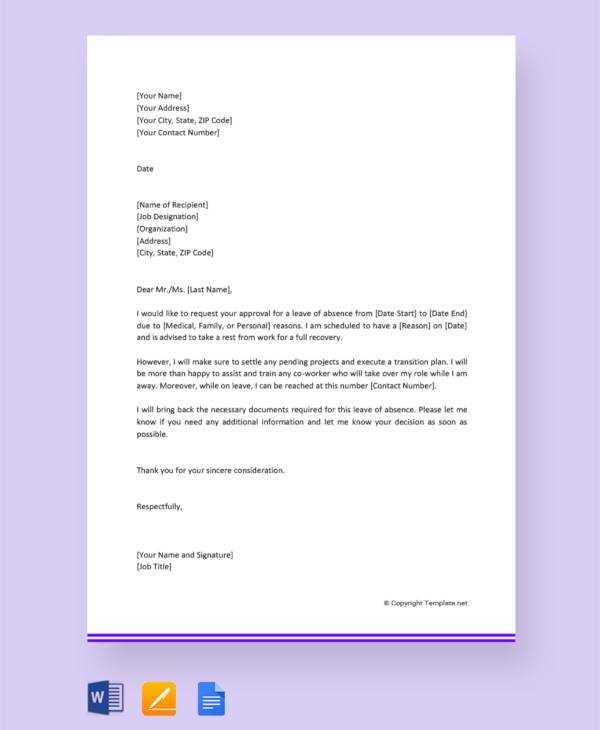
When individuals miss work or school without prior approval, it’s important to notify the relevant parties. A structured approach to writing such a notice ensures clarity and professionalism in communicating the absence. Whether it’s a brief period of unexpected absence or a longer duration, having a clear format helps avoid confusion and maintains transparency between the individual and their employer or school.
Essential Elements of an Informal Absence Notification
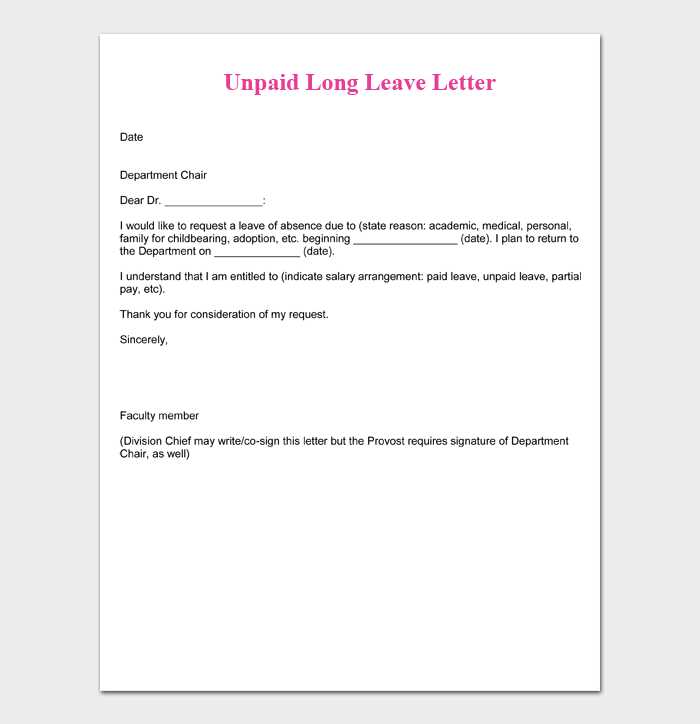
To convey the message effectively, certain components should always be included. A concise explanation of the situation, the dates affected, and any steps taken to resolve the issue should be mentioned. This helps the recipient understand the reason for the absence and how it might affect their responsibilities.
Key Details to Include
- Reason for absence: Provide a brief and honest explanation of why you were not present.
- Dates missed: Clearly mention the days when you were away to avoid ambiguity.
- Steps taken: Mention any actions you’ve taken or plan to take to prevent future issues.
- Apology: Acknowledge any inconvenience your absence may have caused and express regret.
How to Customize Your Notice
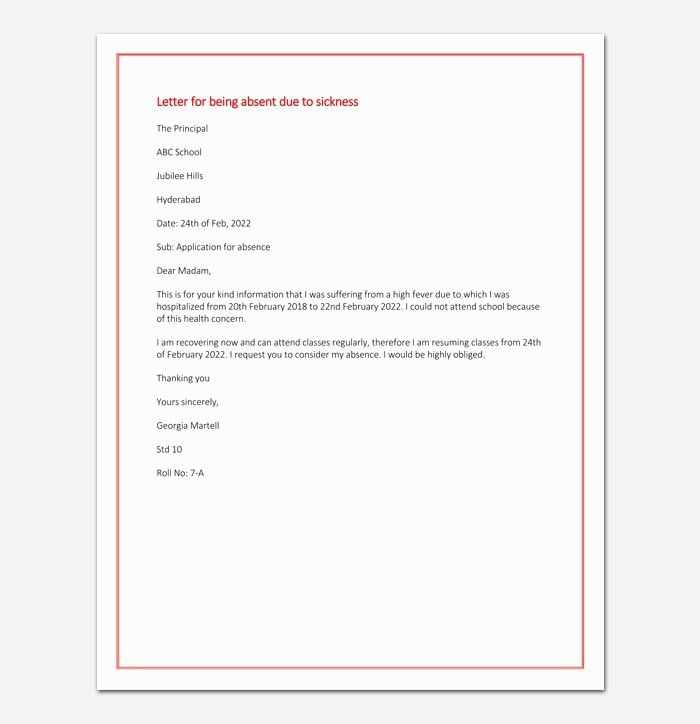
While there are standard formats for such notifications, personalizing the content adds a touch of professionalism. Ensure that your communication reflects your relationship with the recipient, whether it’s formal or casual. Adjusting the tone and content based on your position or the length of the absence helps foster understanding.
Common Pitfalls to Avoid
Even when crafting a formal note, it’s easy to make mistakes that could lead to confusion. Avoid being vague, offering excessive detail, or using unclear language. Keep the message straightforward and to the point to maintain professionalism.
Things to Avoid
- Over-explaining the reason – keep it brief and relevant.
- Using overly casual language, unless the situation calls for it.
- Leaving out important dates or details about the absence.
Legal Considerations and Workplace Expectations
It’s essential to understand the legal implications of taking an unapproved break, especially in a workplace setting. Employers may have specific policies related to absences, and frequent unapproved time off can lead to consequences. Always refer to the rules of your institution or company for the best practices when notifying about such situations.
Sample of a Simple Absence Notification
Here’s an example of how you might structure such a notice:
Dear [Manager's Name], I regret to inform you that I was unable to attend work on [specific dates] due to [brief explanation]. I apologize for any disruption this may have caused and assure you that I will take all necessary steps to avoid this in the future. Thank you for your understanding. Sincerely, [Your Name]
Having a clear and respectful way to inform about unexpected absences ensures that both the individual and the recipient are on the same page, helping to resolve any issues efficiently.
Guide for Notifying About Unauthorized Absence
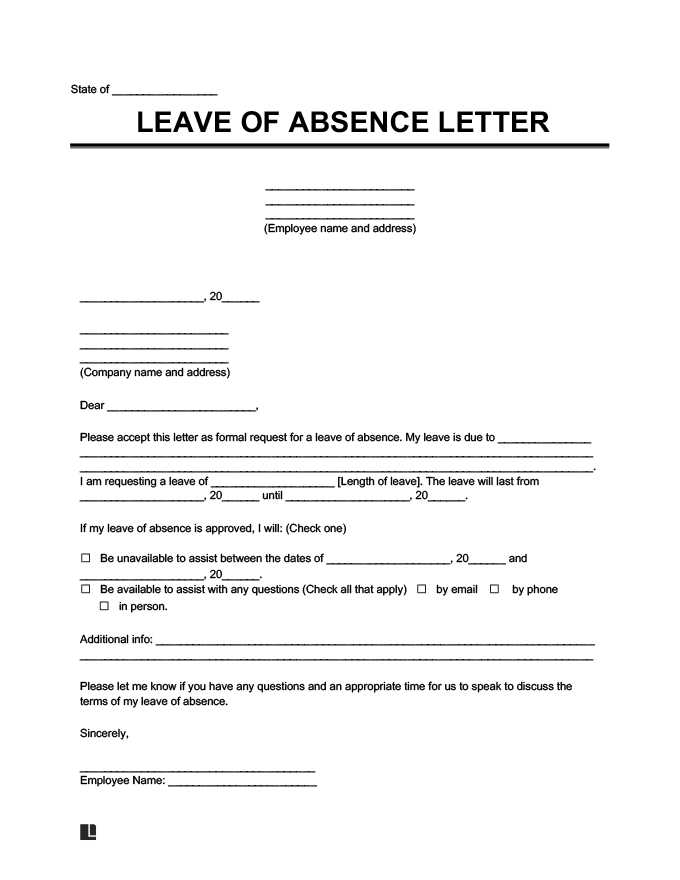
Communicating about missing work or school without prior permission is crucial for maintaining professionalism. This section will explore why having a structured approach is important, how to create an effective message, and what common mistakes to avoid. A well-written notice ensures clarity and minimizes misunderstandings between the individual and the recipient.
Understanding the Need for This Document
It is essential to notify your employer or educational institution when you are unable to attend due to unforeseen circumstances. A formal message allows the recipient to understand the reason for your absence and the steps you’re taking to address the situation. This proactive approach helps in maintaining a positive relationship and reduces the risk of negative consequences.
Key Components of an Effective Format
When drafting your communication, certain key points should always be included. These details ensure the recipient understands the context and nature of your absence. Your message should be clear, concise, and professional, containing:
- Explanation: A brief reason for your unapproved absence.
- Dates: The specific days you were unable to attend.
- Regret: An expression of apology for any inconvenience caused.
- Plan: Any actions you are taking to prevent future occurrences.
How to Tailor Your Notification
While there are general guidelines for such a message, it’s important to customize it based on your situation. Personalizing your note helps convey sincerity and professionalism. Adjust your tone according to your relationship with the recipient–whether it’s formal or casual–and be sure to include all the relevant details that reflect your absence’s context.
Common Errors to Avoid in Correspondence
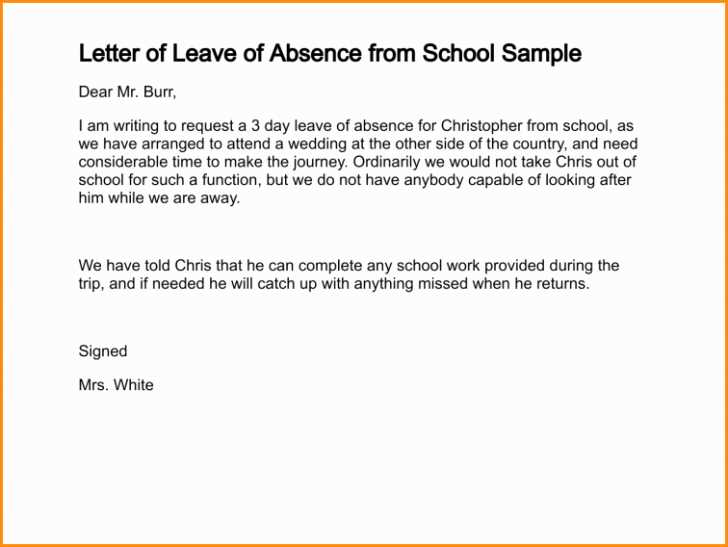
Even though it’s a straightforward communication, several common mistakes can hinder its effectiveness. Avoid being too vague or overly detailed. Keep the message clear and to the point, ensuring that the recipient can easily understand your situation without confusion.
- Avoid vague language: Be specific about the reason for your absence.
- Over-explaining: Stick to the necessary details to avoid confusion.
- Missing key information: Ensure that dates and a brief explanation are included.
Legal and Employment Implications
Failing to properly notify your employer or educational institution about an unexpected absence can have consequences, including disciplinary action. Understanding your organization’s policies regarding unapproved time off is crucial. Always refer to these guidelines to ensure you’re in compliance and avoid potential issues.
Sample Communication for Unauthorized Absence
Here’s an example of a simple yet effective message you can use as a guide:
Dear [Recipient's Name], I am writing to inform you that I was unable to attend work/school on [dates] due to [brief explanation]. I sincerely apologize for any inconvenience this may have caused. I will ensure that this does not happen again in the future. Thank you for your understanding. Sincerely, [Your Name]
By following these guidelines, you can ensure that your communication is both professional and respectful, maintaining a positive relationship even when unexpected situations arise.